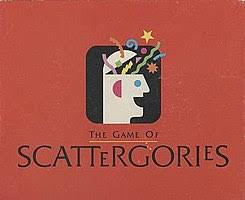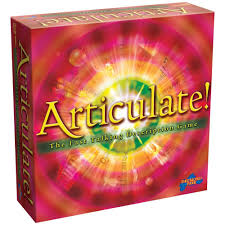
What a session looks like at the high school level!
Ever wondered what really goes on in those mysterious speech and language high school sessions? And is your high schooler providing you with one or two word answers as an explanation?
Well if you’d like to get to the bottom of it…have a read below.
This series of articles breaks down the most common areas that we SLP’s target with our high schoolers. The areas we will touch on include vocabulary, reading comprehension, written organisation and emotional literacy. It explains what they are, why they exist and how we assist with it.
The first, and most important, is vocabulary.
The easiest way to understand the concept of vocabulary is to compare it to a library. But rather than a library of books, it’s a library of words. And rather than being a building, it’s a little area that exists in your brain just above your left ear.
People with vocabulary issues can have a very small library of words. This means they are more likely to use words such as ‘stuff’ or ‘thing’ or ‘you know’ – because the words they actually mean aren’t present in their library.
Alternatively, they might have a lovely large word library – but rather than the books being nice and neat and orderly, their storage is total carnage! It’s as if a toddler has come along and stuffed each book in any section, in any order. No dewey decimal system here…
So when looking for a particular book (or word), it’s never where it’s meant to be! And this can lead to that old ‘tip of the tongue’ feeling, or using the wrong word by accident.
So how do we fix this?
Well, it takes a lot of work, persistence and motivation.
What we ALWAYS do as SLP’s, is that in addition to building a student’s word library, we provide our students with their own strategies to take away and build their vocabulary independently. So what are these strategies?
- Breaking down words into base words, prefixes and suffixes. We also teach students the MEANINGS of each base word, prefix and suffix. That means that when they come across an unfamiliar word in class or when reading, they can break down the word themselves, and work out its meaning.
For example:
Capable
In | capable
In |capabil | ity
My personal favourite is ‘prejudice’. Pre, students learn, is a ‘prefix’ which goes before the word. It literally means ‘before’. ‘Judice’ is a Latin base word and means ‘judge’.
So ‘prejudice’ means to judge something before you understand it.
- Context clues. Teaching students to read the words around an unknown word, ie looking at the ‘context clues’, helps them make a clever guess at the words meaning without necessarily looking it up.
This skills also helps students to monitor their own comprehension. They read a sentence and think: Hold up…Did I get that?
For example, when reading the text below, the word ‘concurred’ can be replaced with the word ‘agreed’ based on it surrounding context (“excellent recommendations”). Therefore, its meaning can be deduced.
The city council concurred with the excellent recommendations of the library committee.
“Agreed”
- Teaching antonyms/synonyms. This is the best way to grow a students vocabulary. We often use thesaurus.com for a few words at the beginning of each session, and then use each new word learned in a sentence together to help cement its meaning.
We also teach students to find words in their own writing and look up more ‘formal’ synonyms so that their language becomes more sophisticated.
- Categories. This is the most entertaining strategy by far! We use games such as Articulate or Scattegories as a break in therapy sessions. These games are fabulous for helping with that pesky old ‘tip of the tongue’ problem, as it helps students re-order their library.
 .
. 
It’s an excellent one to try at home as a family or in the car! And as the games can be quite spendy, have a look at a second hand store and get them for cheap.
That’s it for vocabulary. Good luck building your library!




